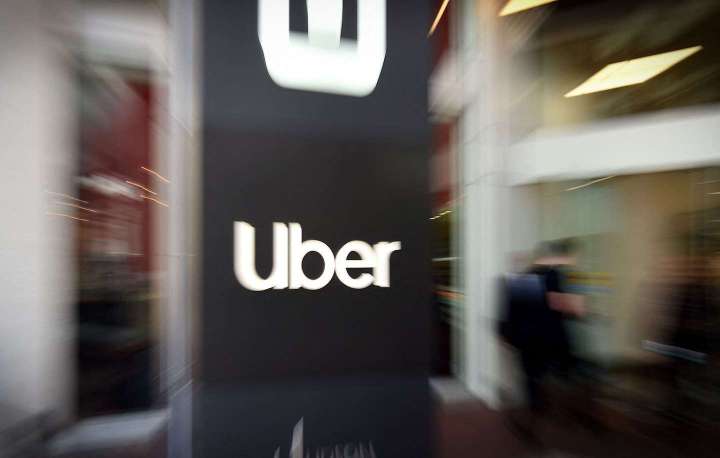Uber reported a $2.6 billion loss but outperformed Wall Street’s expectations in the second quarter, sending its stock price up more than 10 percent in early trading Tuesday.
Uber loses $2.6 billion, but its stock soared anyway

Chief executive Dara Khosrowshahi highlighted what he called the company’s balanced growth and $382 million in free cash flow, “all on a platform that’s larger than ever, with the number of consumers and earners using Uber now both at all-time highs.”
Investors cheered Uber’s results despite the financial losses, sending Uber stock up 13.6 percent in premarket trading. Investors thought the results were going to be much worse, says Wedbush senior equity research analyst Dan Ives.
“[Wall Street] was expecting a debacle from Uber with inflation eating into profits and demand softening consumer appetite for ride sharing,” Ives said in an email. “The quarter was a stark contrast, and Uber delivered a strong quarter across all metrics, which will give investors confidence this turnaround story is alive and well with Dara & Co. leading the way.”
The ride-hailing company’s positive results cut against broader fears of an economic downturn, which has resulted in layoffs, a slowdown in hiring and corporate belt-tightening in the tech sector.
Uber drivers have been faced with challenges related to the economy for months, such as rising gas prices and cost-of-living increases associated with inflation.
The economic pressures led the company to add a fuel surcharge, of 45 cents to 55 cents per ride, to customer trips beginning in March in an effort to offset driver costs.
Since going public in 2019, Uber has been locked in a pattern of steep financial losses, ranging from the billions to hundreds of millions of dollars on a quarterly basis.
Its business worries were further exacerbated by the pandemic that sharply cut into its rides, and a driver shortage that emerged on the heels of pandemic restrictions.
More recently, however, the company has reported a rebound in ridership that has bolstered its revenue, driven by customers returning to the app.






